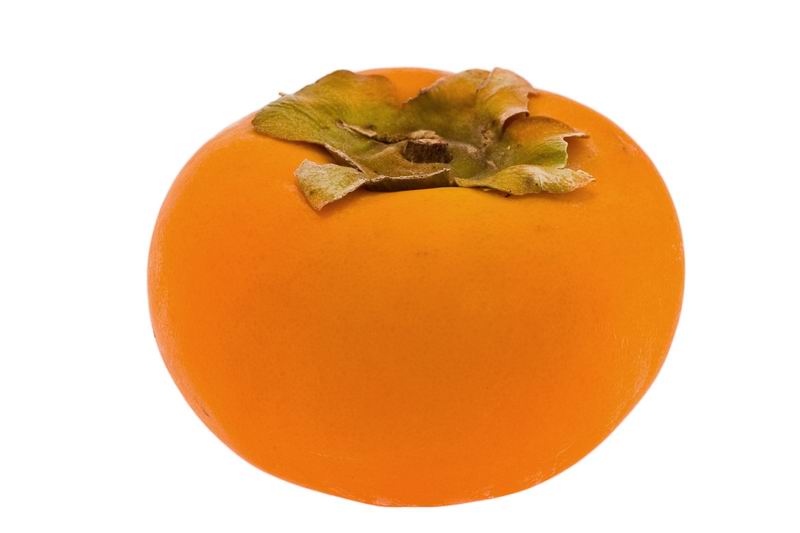Known to the ancient Greeks as the ‘fruit of the gods’ a persimmon can be a bitter bite or sweet sensation depending on the variety of fruit you are eating.
In North America, the two most popular types are the astringent Hachiya and the non-astringent Fuyu.
While both contain tannins, the Hachiya tannins are more abundant, making this unripened berry, very bitter. The orange-red, heart-shaped Hachiya must be ripened to near-mush before your befriending your taste buds. To hasten ripening, pair the persimmon in a paper bag with a banana, which releases ethylene that causes ripening. Because of its jelly-like texture when ready, the Hachiya persimmon is best used mixed in baking batters, as a purée, in puddings, and juices and sauces.
In contrast, the Fuyu persimmon can be enjoyed either crisp or soft. It is distinguished from the Hachiya by its lighter, orange colour and rounder, squatter shape. Fuyu persimmons are non-astringent, which means they can be eaten either firm or soft.
I prefer the Fuyu as its texture lends itself to a wider variety of uses. The Fuyu can be eaten sliced and quartered on its own, skin and all. Once cut, the cross-section boasts an attractive eight-point star, making it a beautiful addition to a fruit platter. Persimmons keep their colour when exposed to air and can be tossed in salads, added to cereal, or used in chicken dishes and baking.
Persimmons are high in beta-carotene, iron and Vitamins A and C. Because of its sugar content, persimmons are a little high in calories as well; about 120 per fruit.
Both Fuyu and Hachiya persimmons are intoxicatingly divine, delivering a sweet combination of apricot and mango.
This is why some speculate that persimmons are the lotus fruit written of in Homer’s ‘The Odyssey,’ where after taking a taste of the delicious fruit, left Odysseus’ men wanting to abandon ship and spend their days with the lotus-eaters.
Full of folklore, persimmons are also noted to be predictors of winter weather. Although I’ve not tried it, perhaps next year I will put it to the test. Remove the seeds of several persimmons and slice open. Inside each seed will be a distinct shape of an eating utensil to indicate the upcoming winter. A knife shape translates to a cold winter, cutting through you like a knife. The shape of a spoon foresees a snowy season requiring a lot of shovelling, while a fork predicts a mild winter.
But perhaps it’s just best to use your kitchen cutlery to devour this divine fruit in all seasons.

